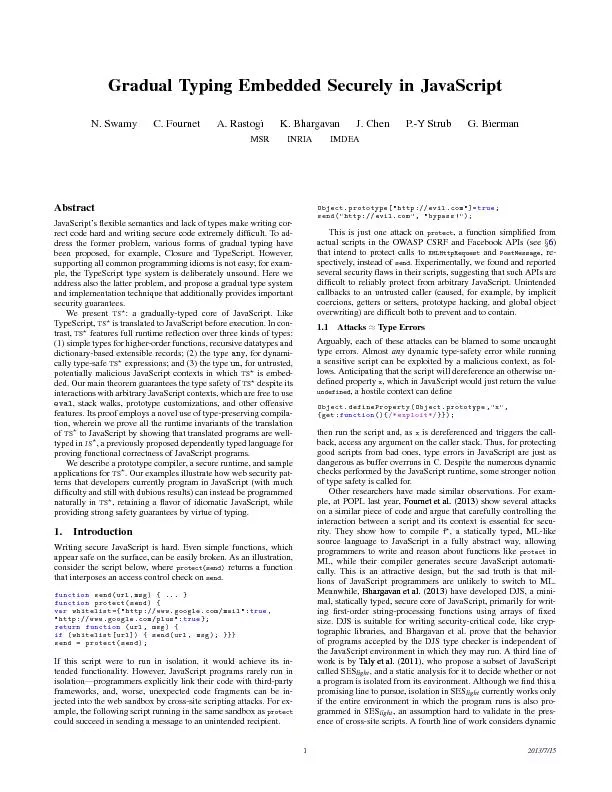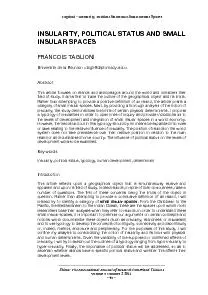PPT-Typology for Linking Self-Report Methods to Study Design an
Author : celsa-spraggs | Published Date : 2017-08-26
Barbara Sternfeld Lisa Goldman Rosas Division of Research Kaiser Permanente Overview Current situation Framework for selecting selfreport method questions to think
Presentation Embed Code
Download Presentation
Download Presentation The PPT/PDF document "Typology for Linking Self-Report Methods..." is the property of its rightful owner. Permission is granted to download and print the materials on this website for personal, non-commercial use only, and to display it on your personal computer provided you do not modify the materials and that you retain all copyright notices contained in the materials. By downloading content from our website, you accept the terms of this agreement.
Typology for Linking Self-Report Methods to Study Design an: Transcript
Download Rules Of Document
"Typology for Linking Self-Report Methods to Study Design an"The content belongs to its owner. You may download and print it for personal use, without modification, and keep all copyright notices. By downloading, you agree to these terms.
Related Documents














